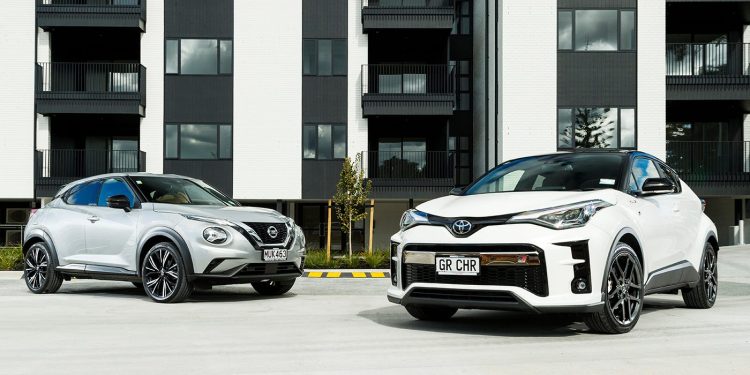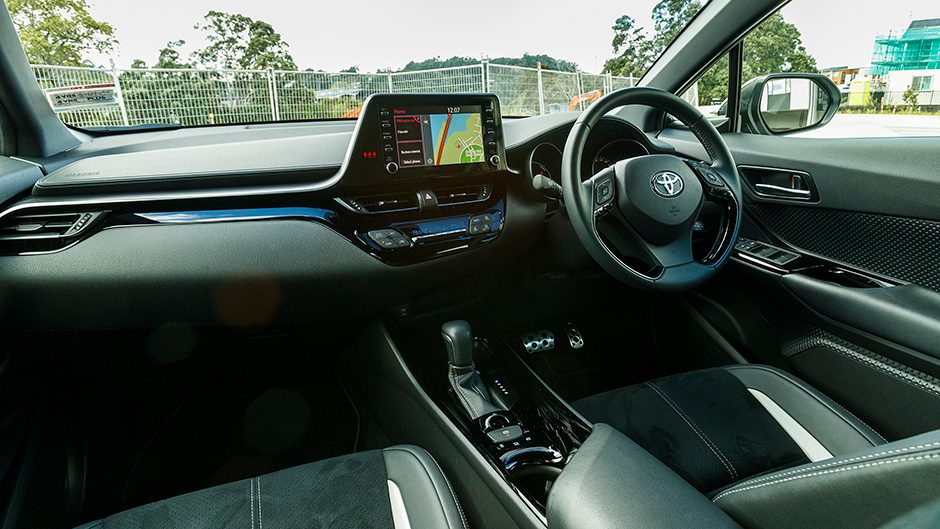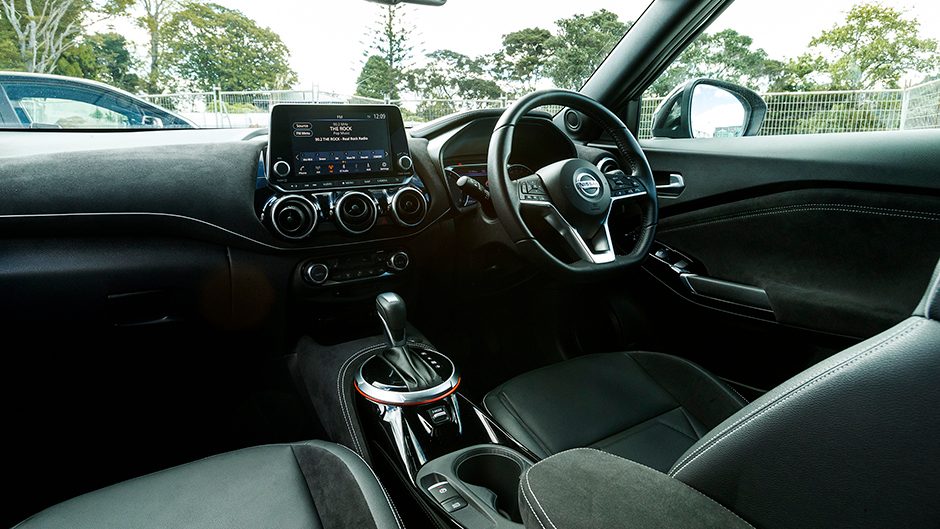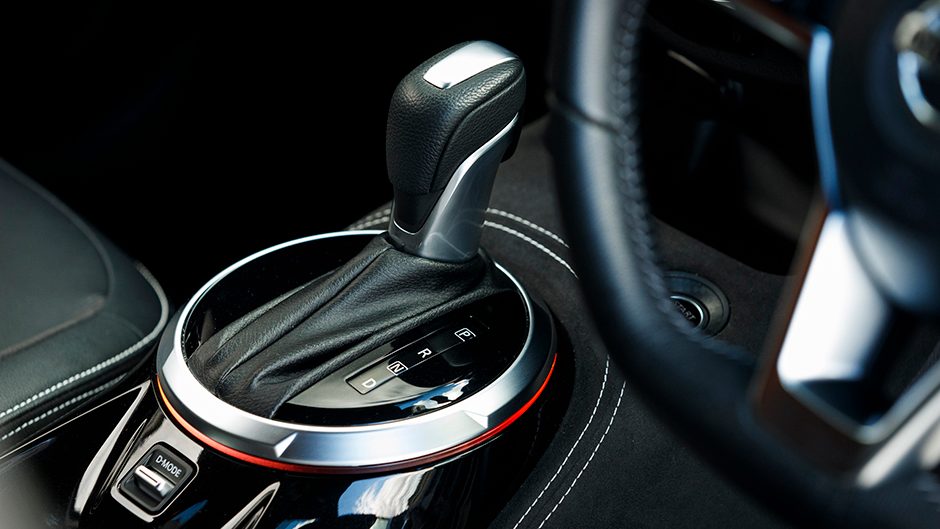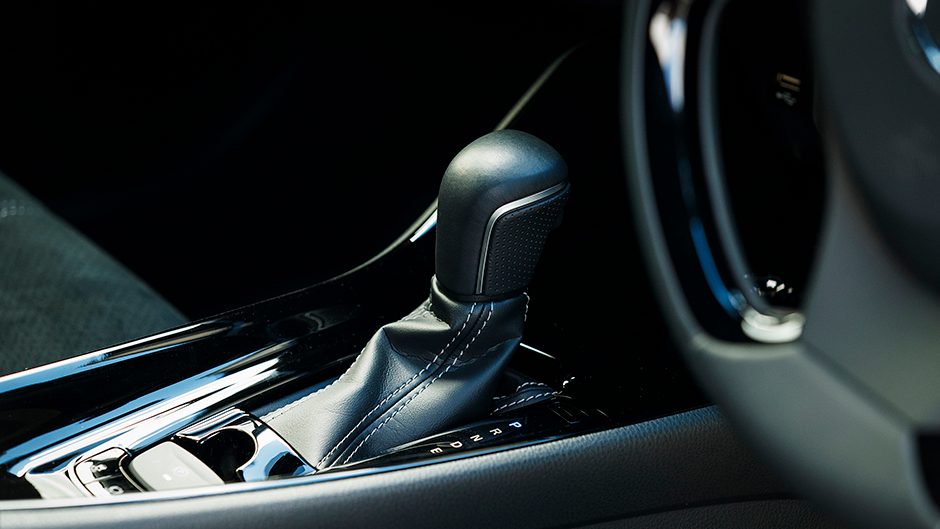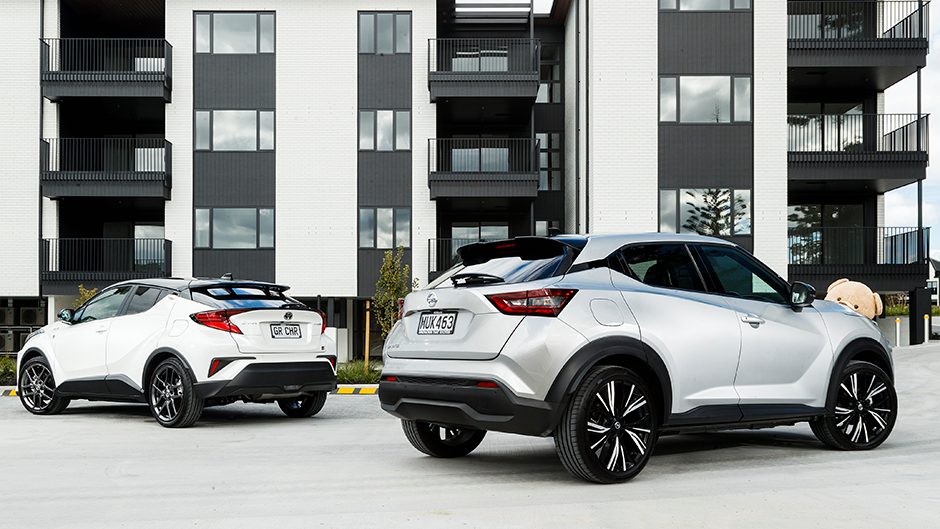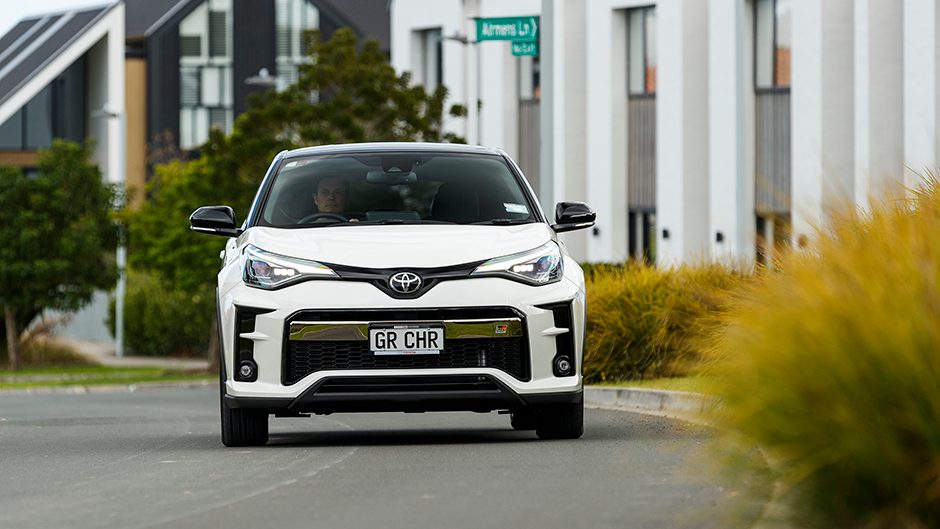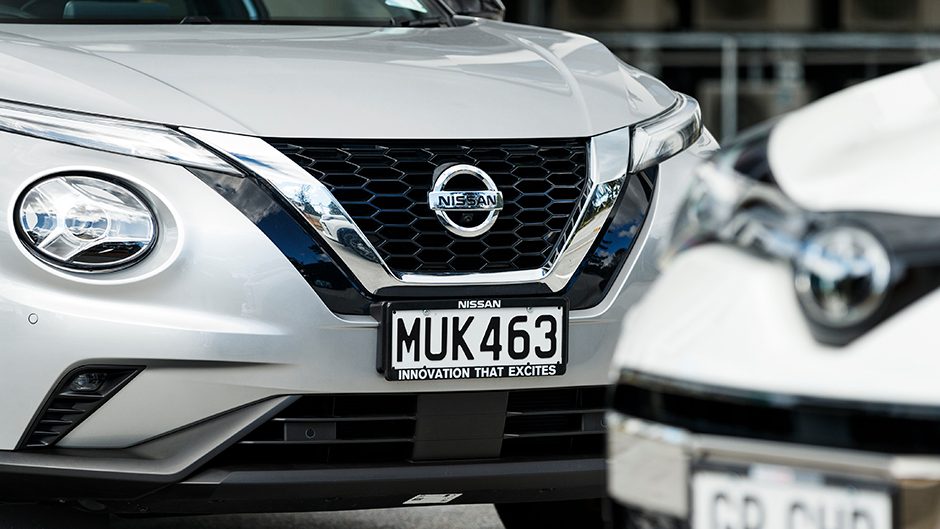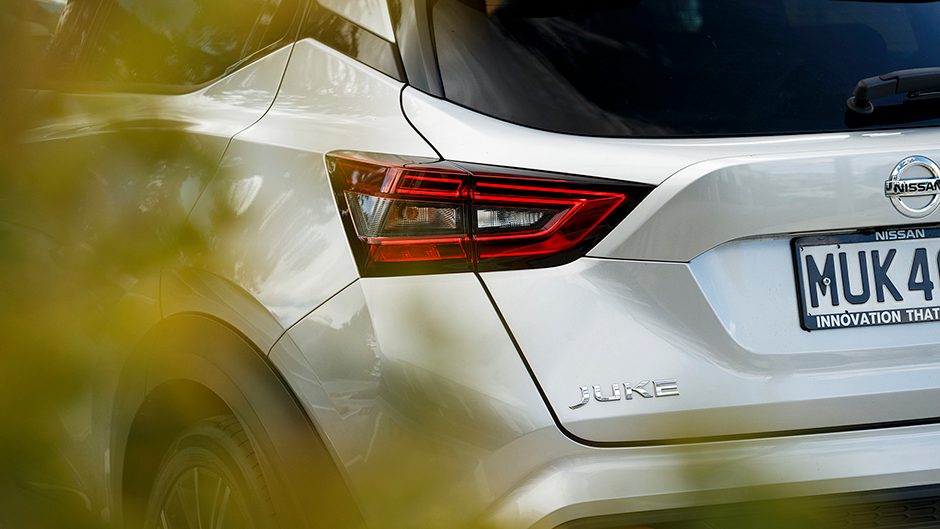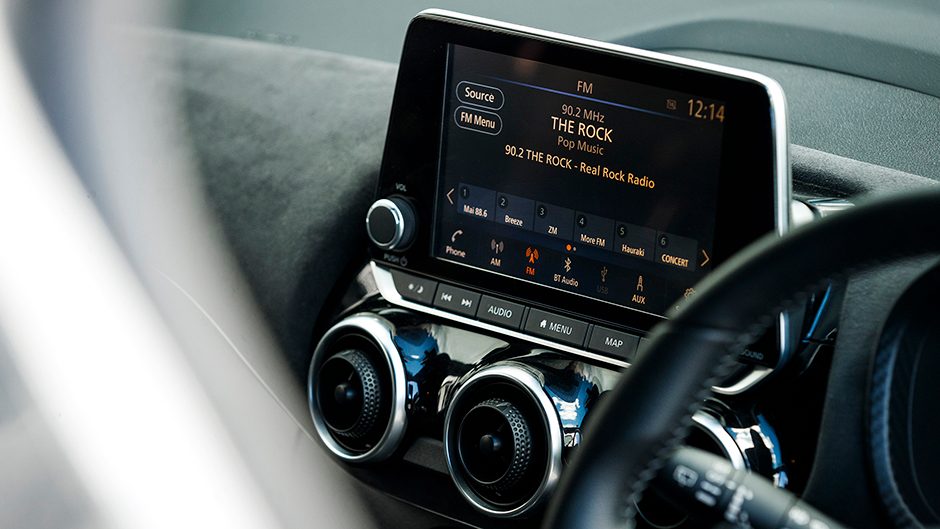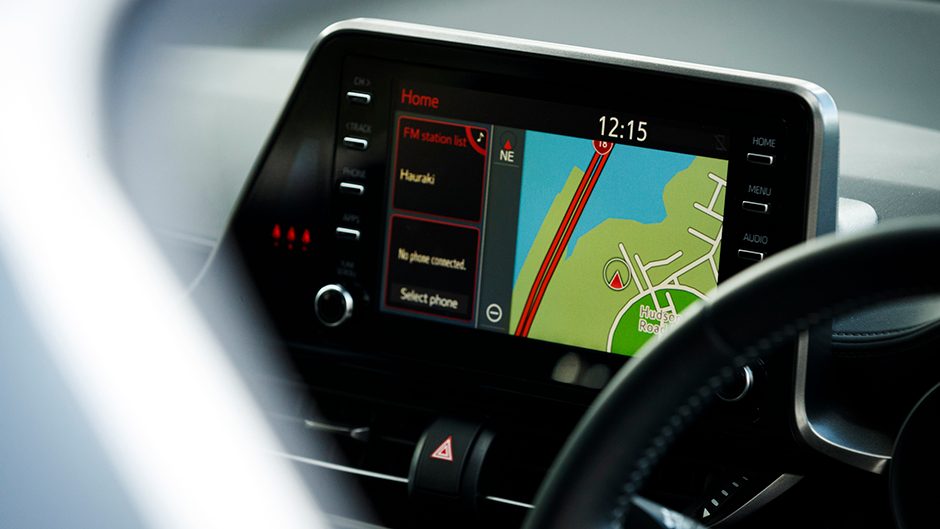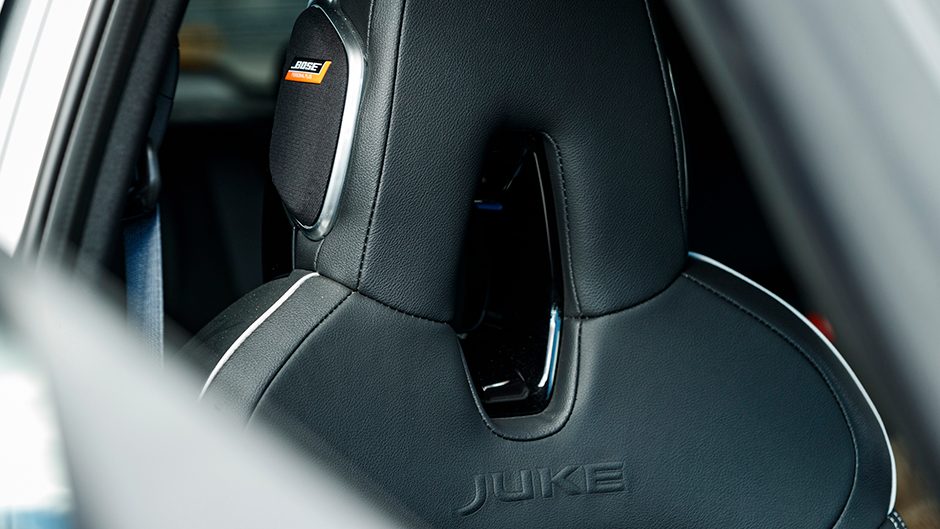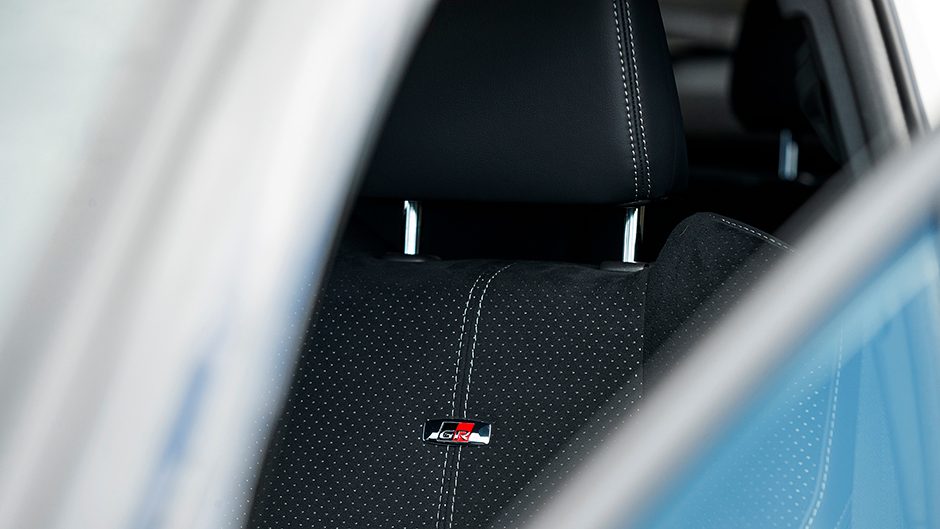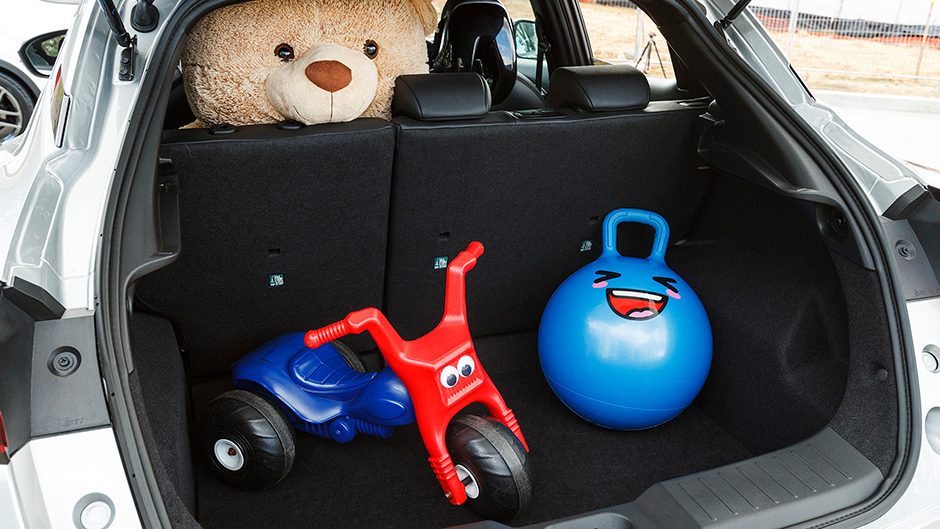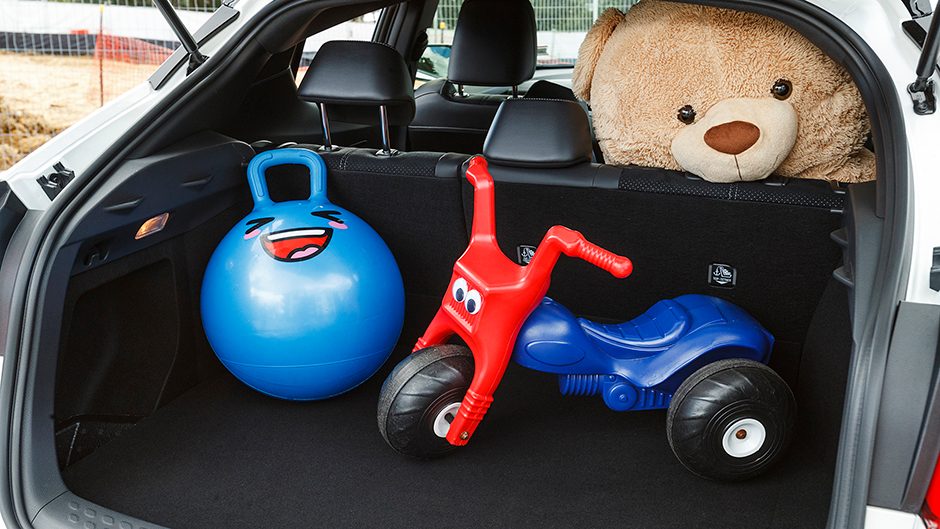2020 Nissan Juke Ti vs Toyota C-HR GR Sport comparison
Words Kyle Cassidy | Photos Tom Gasnier
Want something compact that doesn’t fit the usual styling mould? Try one of these on for size. Here we compare the Toyota C-HR GR with the Nissan Juke.
Styling is a subjective thing. Even the autos that often frequent the endless lists of ‘the world’s best looking cars’ have their detractors. But how could anyone not love the inverted canoe that is the Citroen DS? Or the wheeled phallus that is the E-Type? When car makers allow the stylists to go mad, we often end up with a marmite car. Like the delicious, yet divisive, yeast spread, cars that don’t follow the usual design paradigms can be polarising, and peoples’ eyes are either excited or offended. But one thing is certain, a marmite machine is better than a vegemite vehicle, something that would be simply awful, a thing only a kangaroo-fighting Aussie would admire. Anyhow, these two are certainly different. Toyota’s C-HR was penned with the intention to “stand out in an increasingly homogenous market place”. Its edgy styling is inspired by a diamond, its form “sculpted to represent the faceted surfaces of a highly-durable, precision-cut gemstone”.
Juke is the epitome of the marmite car. The original was conceived as a crossover that “invigorates, stimulates and rejuvenates the traditional town runabout”. Nissan reckoned its 2009 Qanza concept, which spawned the Juke, was a “highly individual crossover quite unlike anything else on the road, one that challenges conventions”. And the Juke sure did that.
While not a massive seller here when new, it was in Europe, and many used imports have made it a popular sight on Kiwi roads. It’s now in its second generation, the new model following in the tracks of the first but thoroughly revised and modernised. It’s bigger, to improve practicality, but still compact, and still with enough quirks about it to tickle the fancy of the extrovert.
Toyota has added a GR Sport (that’s Gazoo Racing for the uninitiated) version of the C-HR, with racy styling and tuned dynamics. Both ask $40k plus, and are similar in size and function. Which one is for you?
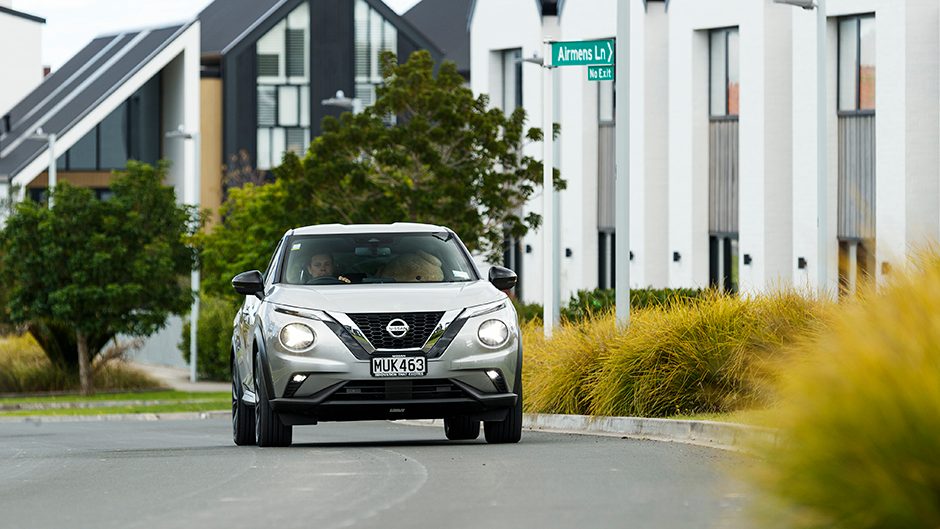
Kindred yet different
Putting more Grrr in the Chur, the mouthful that is the C-HR GR Sport gains a GR-inspired front bumper, grille, rear spoiler, flash LED lights and 19-inch alloys. There are other dress-up bits too, though dynamics were a particular focus with a body brace added underneath, and a tune-up for the steering assistance, dampers, springs and sway bars. The sporty C-HR is hybrid only and costs $42,990, making it the most expensive in the range.
The Juke Ti also tops its range, costing $44,990. These two have a remarkably similar spec fit-out with 19-inch rims, smart key, leather and Alcantara trim, the right stuff on the active safety list, and eight-inch touchscreens compatible with both Apple and Android. The few differences see the Nissan with parking sensors, an around-view camera and more USB ports. Toyota offers fixed price servicing at $250, for the Nissan this ranges from $300-$550 while the Juke is covered by a five-year/150,000km warranty. Toyota’s price includes on-roads and a few other benefits but is non-negotiable.
Similar in size and out there styling, their greatest difference is under the bonnet. The Nissan has a 1.0-litre turbo’d triple outputting 84kW and 180Nm at 2400rpm, and runs through a seven-speed twin-clutch. The grr chur’s 1.8-litre hybrid set-up churns out an electrically assisted 90kW (Toyota doesn’t quote torque, given the complexities of the hybrid system). Fuel use is quoted at 5.8L/100km for the Nissan and 4.3 for the Toyota.
Townies at heart
These little urbanites do their best work in town, yet neither really has the plushest city ride. The GR, with its spunkier springs gives this C-HR a mildly sporty ride, yet the Ti is firmer still and its rear end can be quite sharp over larger lumps. Both have easily manageable dimensions in traffic and the supermarket car park, being true to their compact ideals. Each has breezy steering assistance, and while the turning circles are not amazing, they are still city friendly. They have compromised rear vision, the price to pay for style, and while both have a slightly fuzzy image to their rear view cameras, it’s enough to help allay any visibility issues when backing. The Juke Ti gets an around-view function too, helping line up the park perfectly. The C-HR has better forward vision, the pillars of the Juke a mite chunky, while both have blind spot monitoring to complement decent wing mirrors. The Toyota’s radar cruise is smoother in operation and less flummoxed in traffic, whereas the Juke’s gets paranoid about cars in front veering pulling over to turn. The Nissan’s lane departure settings are less troublesome however, though both manufacturers have made it relatively easy to switch these off.
It’s their powertrains that define them ultimately. The Juke’s triple sounds like a character but it lacks the smoothness of Toyota’s hybrid. The C-HR moves off more briskly, the take-up quick yet smooth. There’s no shifting with the eCVT, the delivery uninterrupted, and it’s torquey for town running. The Juke’s triple isn’t at its best below 1800rpm while the engagement of the twin-clutch can be sluggish. You learn to work the gas pedal to compensate, giving it a decent nudge to get going, and then backing off as the boost serves the torque up properly at 2000rpm. Then it’s quite stroppy. Running around in Sport mode can be preferable; it simply gets on with it better. For fuel use, the Juke will average in the 7 to 8L/100km zone, whereas the hybrid will be in the 4s, especially if you do more city miles where it can run on volts. The C-HR will operate in its EV mode often, at speeds beyond 50km/h too.
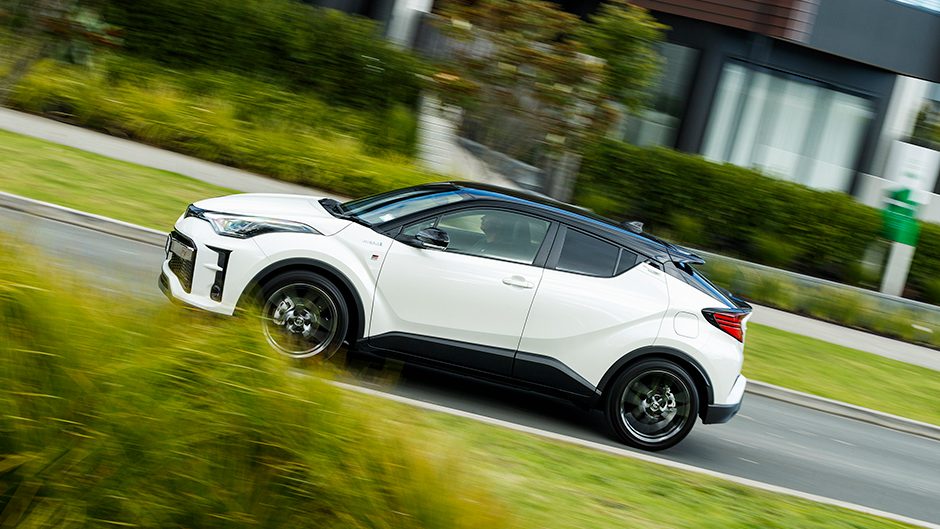
Okay in the boonies Being one of the first Toyotas on the company’s built-for-driving-fun TNGA platform, the C-HR goes well, striking a nice balance between predictable yet playful handling. This GR version turns well, there’s a connection with the process and it flows nicely over bumpier bits of road. The electronic aids try to stay out of it, but can’t help meddling at times. The hybrid’s regenerative-type brakes make it harder to slow smoothly, the pedal feel inconsistent. Despite the C-HR being GR’d, the Nissan is the keener on corners. The Juke is pointier, the steering sharper and it can stick in the bends longer. C-HR rides better, the rear more compliant with its clever wishbone suspension. The Juke is also noisier on coarse chip surfaces, making the Toyota the preferable main highway cruiser.
Neither has an amazing turn of pace, so watch the overtaking antics. The Juke sounds quite grunty in a mighty mouse way when you’re into it, whereas the hybrid/eCVT combo wails away when you pin the gas. But it will always drink less of it, the average only raising a few points during testing, the Juke’s rising significantly more. And it requires premium to the hybrid’s 91.
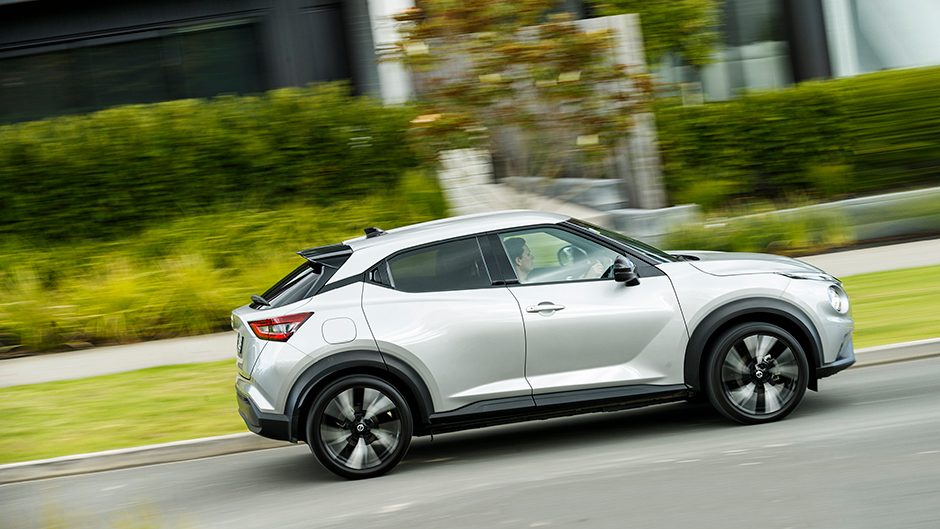
Practically compact
There’s not much between them for rear seat accommodations, both with just enough and no more. The Juke has slightly less head space though feels roomier, for the tiny windows of the C-HR will have the heart rate of claustrophobics rising. The rear door handles on both cars are disguised so that robbers won’t know how to get in, or so thinks our four-year-old. The C-HR’s boot is compromised by a high-set floor, and the fastback tailgate cuts into load hauling. Both have easy split folding, and space saver spares.
There’s a dab of sport inside, the seats with suede-like coverings (the Juke’s cabin is swathed in Alcantara) and augmented bolstering. The touchscreens primarily run the infotainment functions, whereas conventional buttons make setting the heater easy, for instance. Nissan has more hard plastic in the interior, the Toyota better made if you’re nit picking.
Which one?
For city folk, the C-HR would be the pick, it’s hybrid driveline better for both consumption and refinement. Juke is the more interesting drive and also leads for practicality. But it’ll be on styling that you ultimately choose your winner here.
| Model | Nissan Juke Ti |
| Price | $44,390 |
| Engine | 999cc, IL3, T/DI, 84kW/180Nm |
| Drivetrain | 7-speed twin-clutch FWD |
| Fuel Use | 5.8L/100km |
| C02 Output | 136g/km |
| 0-100km/h | 10.77sec |
| Weight | 1285kg |
| Model | Toyota C-HR GR Sport |
| Price | $42,990 |
| Engine | 1798cc, IL4, EFI, 90kW/Nm (n/a) |
| Drivetrain | e-CVT, FWD |
| Fuel Use | 4.3L/100km |
| C02 Output | 97g/km |
| 0-100km/h | 11.48sec |
| Weight | 1468kg |


